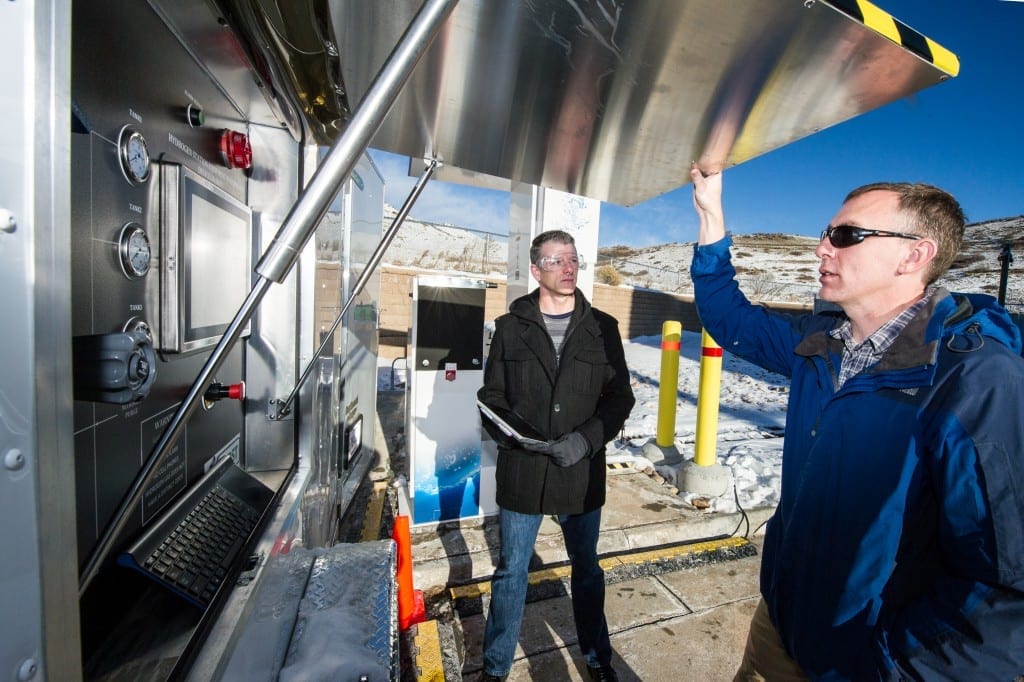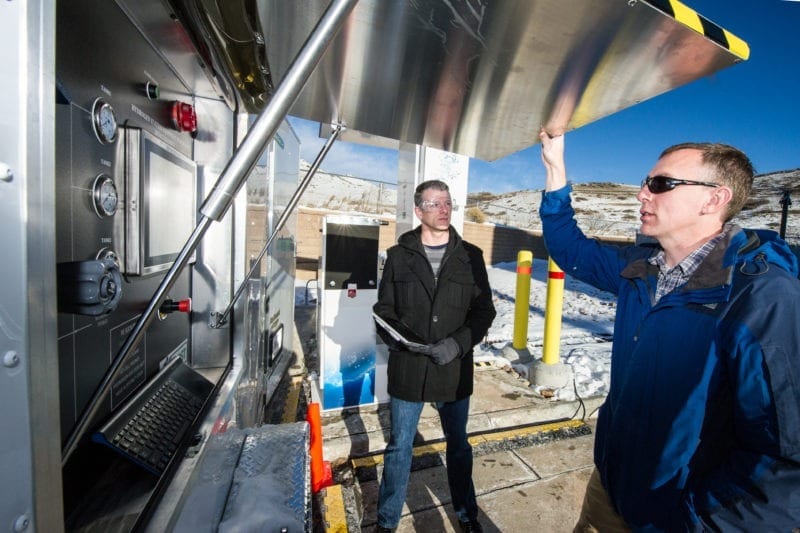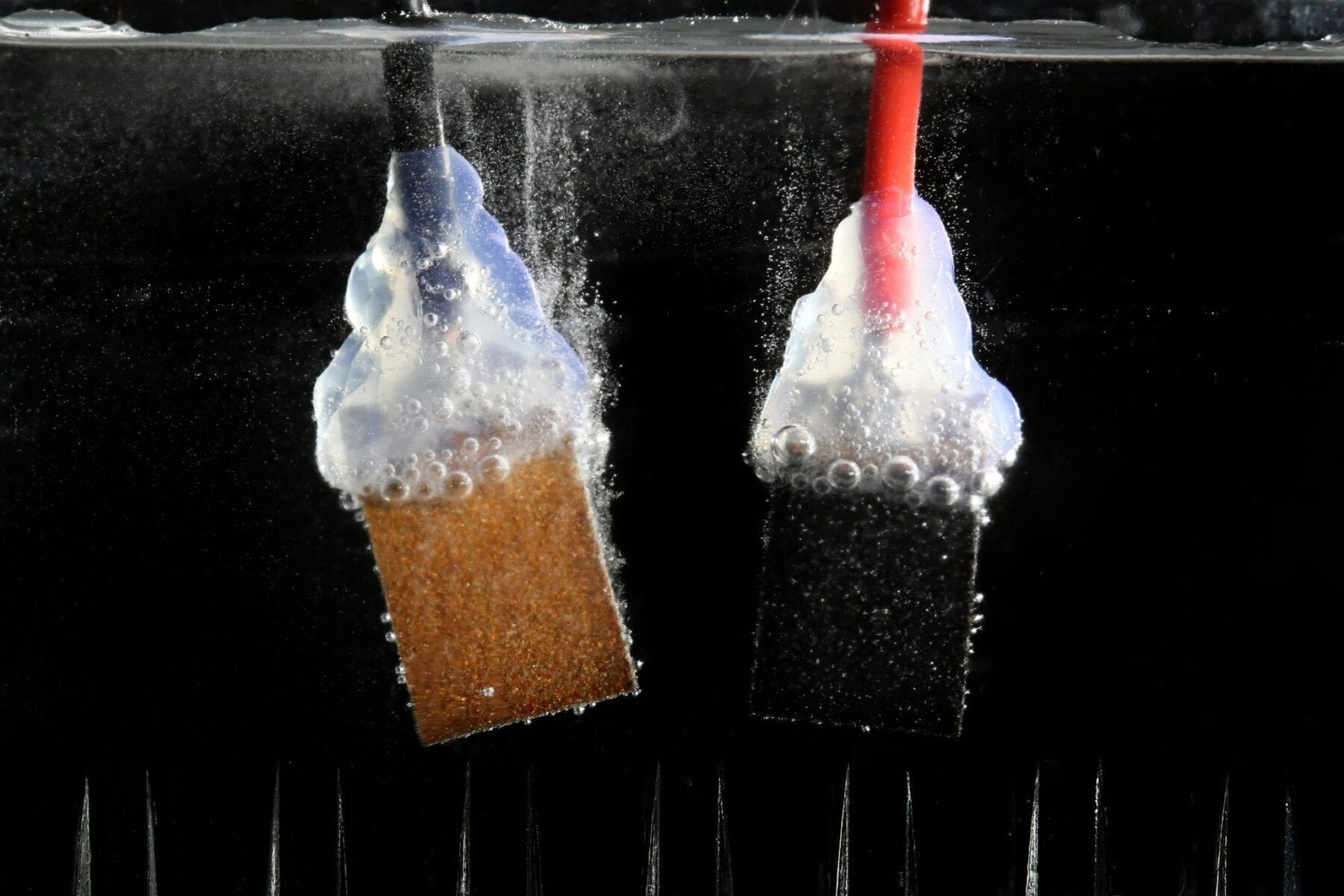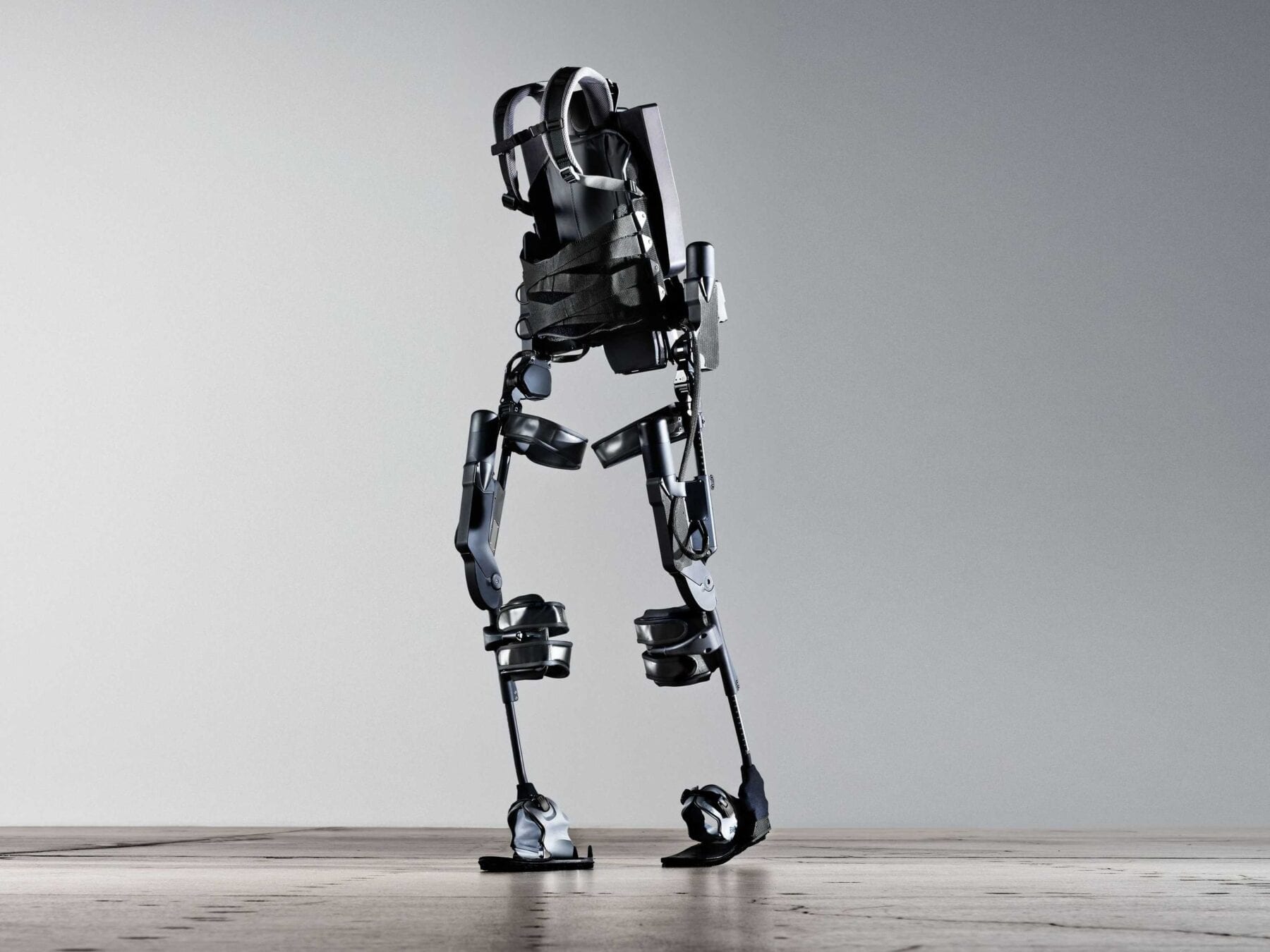
Drivers are seeing more hydrogen fuel cell electric vehicles (FCEVs) on the road, but refueling stations for those vehicles are still few and far between. This is about to change, and one reason is a new testing device being validated at California refueling stations that will greatly accelerate station commissioning.
Developed by U.S. Department of Energy’s (DOE) Sandia National Laboratories and the National Renewable Energy Laboratory(NREL), the Hydrogen Station Equipment Performance device, or HyStEP, could reduce the time to commission new stations from months to just one week. HyStEP is funded by DOE’s Office of Energy Efficiency and Renewable Energy’s Fuel Cell Technologies Office as part of the Hydrogen Fueling Infrastructure Research and Station Technology (H2FIRST) project.
“Industry stakeholders identified station commissioning as a challenge that the national laboratories have the resources to address,” said Joe Pratt, the Sandia H2FIRST project lead. Sandia and NREL contracted with Powertech Labs to build the HyStEP device.
As zero-emission vehicles, FCEVs are leading the revolution in clean energy personal transportation. And California is leading the nation, with the most FCEVs on the road of any state and plans to open 35 new retail hydrogen stations by the end of 2016.
Sandia and NREL’s work on H2FIRST and in enabling modern codes and standards for the design, construction and operation of hydrogen refueling stations is helping drive that momentum.
Serial testing slows station commissioning
The current practice of commissioning hydrogen refueling stations is slow because each automotive manufacturer performs its own validation tests to measure the performance of hydrogen dispensers with respect to fueling protocol standards. Each test takes one to two weeks, so commissioning can take months.
HyStEP acts as a surrogate for vehicles, eliminating the need for each automotive manufacturer to test separately. HyStEP is equipped with modular tanks and all of the instrumentation that automotive manufacturers would use in performing their own tests.
“HyStEP addresses the two primary concerns of automotive manufacturers: keeping their testing data proprietary and ensuring the performance of the hydrogen dispenser,” said Sandia mechanical engineer Terry Johnson, project lead for HyStEP.
Since automotive manufacturers must trust the device’s ability to provide the same results they’d achieve with their own test vehicles, manufacturers needed to be involved from the start. In addition to Sandia and NREL, the project team included Air Liquide, Boyd Hydrogen, the California Air Resources Board and Toyota Motor Corp.
HyStEP initially will be used to accelerate commissioning of refueling stations in California. Eventually it could be used in other states as they develop hydrogen refueling networks.
HyStEP essential to ambitious California plans
HyStEP recently underwent validation testing at NREL’s Energy Systems Integration Facility in Golden, Colorado, and is now undergoing pre-deployment testing at refueling stations at California State University Los Angeles and the South Coast Air Quality Management District headquarters. Early in 2016, the Air Resources Board in collaboration with other state agencies will begin using HyStEP to support the commissioning of new stations. Additional automotive manufacturers, including Daimler AG, BMW and Honda, are contributing to that effort.
“H2FIRST was conceived to help the deployment of hydrogen fueling infrastructure,” said Chris Ainscough, lead NREL engineer on the project. “HyStEP is an example of DOE and the national laboratories partnering with states to achieve this goal of accelerating clean energy technologies.”
HyStEP will help California meet its ambitious goal of commissioning up to 35 new refueling stations by the end of 2016, which translates to one new station every one to two weeks. The target is a hydrogen-refueling network of more than 50 retail stations in this timeframe, primarily in the Los Angeles metro area, Orange County and the Bay Area.
Read more: Speeding up the hydrogen highway
The Latest on: Hydrogen highway
[google_news title=”” keyword=”hydrogen highway” num_posts=”10″ blurb_length=”0″ show_thumb=”left”]
via Google News
The Latest on: Hydrogen highway
- Alberta wants more hydrogen vehicles. Experts say fuel infrastructure needs to come with themon April 27, 2024 at 8:23 am
Experts say building Alberta's hydrogen-fuelled transportation sector means working through a big question: Which comes first, the hydrogen vehicles, or the fuelling stations?
- Air Products plans Canadian hydrogen networkon April 26, 2024 at 7:57 am
Industrial gas supplier to build series of permanent, commercial-scale, multi-modal hydrogen refueling stations in Alberta, with the first one slated to come online in 2025 ...
- Hydrogen Highway: Air Products Plans Edmonton-Calgary Refueling Stationson April 24, 2024 at 11:01 am
Air Products aims to develop a “hydrogen highway” linking Alberta’s two largest cities, enabling the province’s goal of having 5,000 hydrogen or dual-fuel vehicles on the road within five years. Each ...
- Air Products to build hydrogen corridor in Albertaon April 24, 2024 at 7:38 am
Air Products Canada announced that a network of permanent, commercial-scale multi-modal hydrogen refueling stations will be built in Alberta. The stations ...
- Air Products to develop hydrogen station corridor in Albertaon April 24, 2024 at 3:11 am
Air Products is also currently developing a multi-billion-dollar net-zero hydrogen energy complex in Edmonton, Alberta. Once operational, the Net Zero complex will produce clean hydrogen and capture ...
- Air Products (APD) to Build Hydrogen Refueling Station Networkon April 24, 2024 at 2:38 am
Air Products and Chemicals, Inc. APD has announced plans to establish a network of permanent, commercial-scale multi-modal hydrogen refueling stations spanning from Edmonton to Calgary, Alberta, ...
- Air Products Network for Hydrogen Refueling Will Link Two Alberta Citieson April 23, 2024 at 2:07 pm
Air Products intends to build a network of permanent, commercial-scale multi-modal hydrogen refueling stations stretching from Edmonton to Calgary in the ...
- Air Products' Ghasemi announces plan for 'hydrogen highway' in western Canadaon April 23, 2024 at 11:14 am
Air Products announced plans Tuesday to build hydrogen refueling stations linking the western Canadian cities of Edmonton and Calgary. "Canada is driving the clean-energy transition forward," Air ...
- Plug Continues to Make Substantial Advancement in Hydrogen Generation Buildouton April 23, 2024 at 4:00 am
Having already achieved nameplate capacity at Georgia and Tennessee with Louisiana on track to achieve mechanical completion by end of Q3 2024 Recalibrated hydrogen pricing continues to make solid ...
- With China’s EV sector at top speed, Beijing eyes ‘economical’ hydrogen-power vehicles amid green energy transitionon April 19, 2024 at 2:30 pm
The southwest province of Sichuan said this week that it was considering scrapping highway tolls for hydrogen-powered vehicles, while also considering lifting restrictions on intracity access for ...
via Bing News











